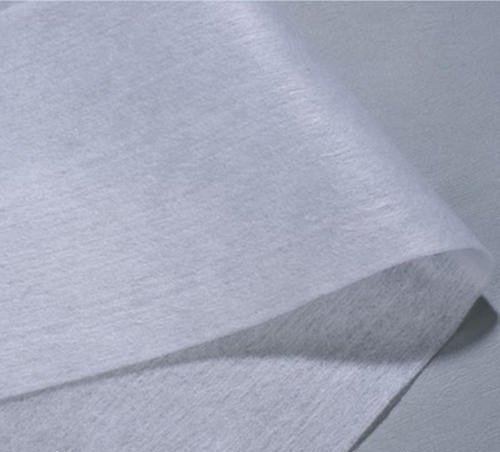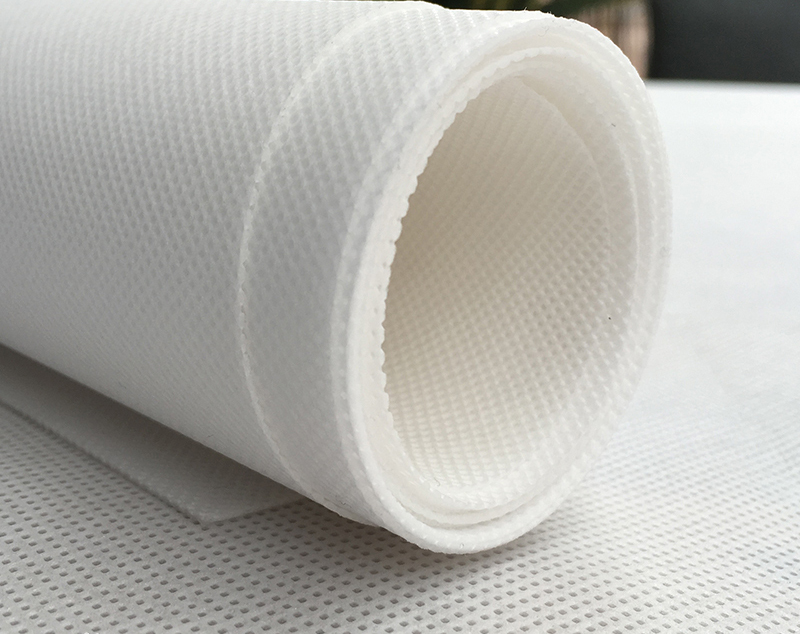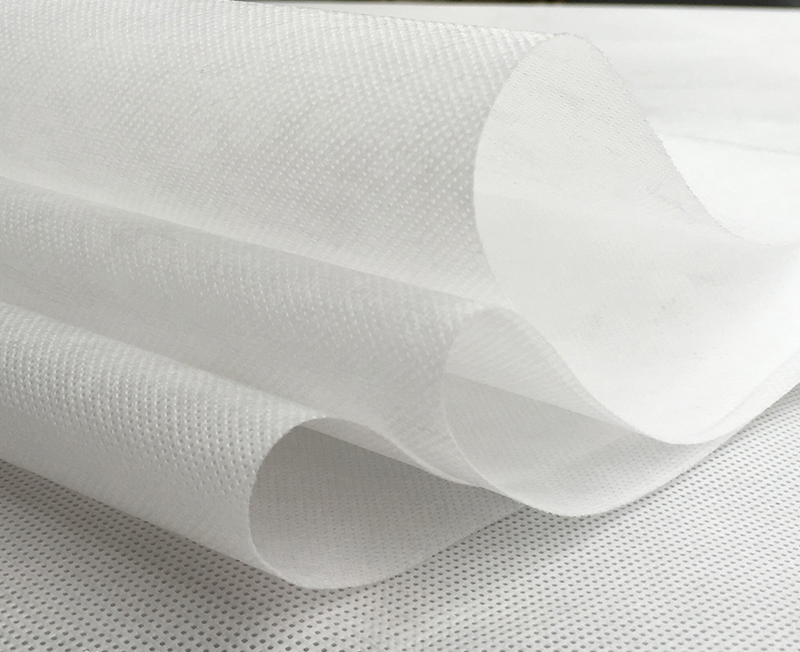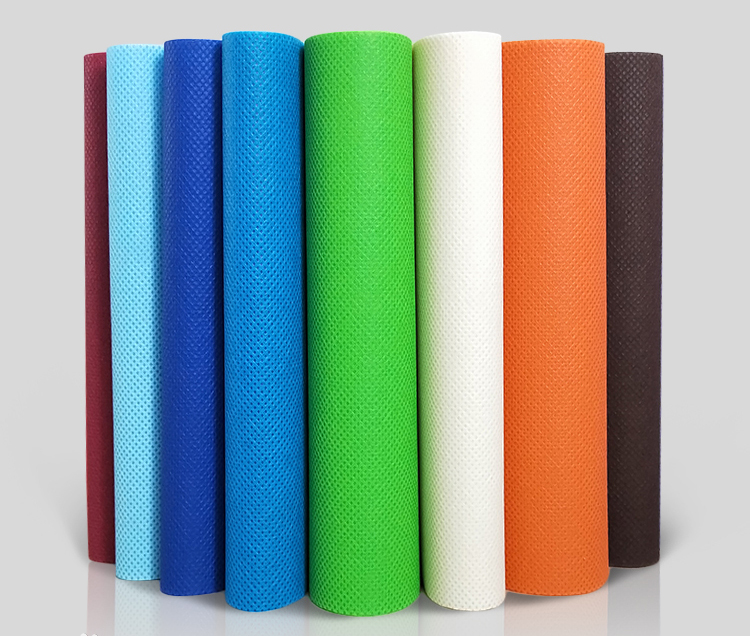What's the difference between meltblown cloth and non-woven cloth?
Melt blown fabric
PP is the main raw material of melt blown cloth, and the fiber diameter is 1-5 μ M. There are many voids, fluffy structure and good anti wrinkle ability. The superfine fiber with unique capillary structure can increase the number and surface area of fibers per unit area, so that the melt blown cloth has good filtration, shielding, heat insulation and oil absorption. It can be used in the fields of air, liquid filter material, isolation material, absorption material, mask material, heat preservation material, oil absorption material and wiping cloth.

Application scope
(1) Medical and health cloth: surgical clothing, protective clothing, disinfection cloth, masks, diapers, women's sanitary napkins, etc;
(2) Home decoration cloth: wall cloth, tablecloth, bedspread, bedspread, etc;
(3) Following clothing: lining, adhesive lining, flocs, set cotton, various synthetic leather bottom cloth, etc;
(4) Industrial cloth: filter material, insulating material, cement packing bag, geotextile, wrapping cloth, etc;
(5) Agricultural cloth: crop protection cloth, seedling raising cloth, irrigation cloth, heat preservation curtain, etc;
(6) Others: Space cotton, heat preservation and sound insulation materials, linoleum, smoke filter, tea bag, etc.
The melt blown cloth filter material is made up of polypropylene microfibres, which are randomly distributed and adhered together. The appearance of the material is white, flat and soft. The fineness of the material fiber is 0.5-1.0 μ M. the random distribution of the fiber provides more opportunities for thermal bonding between the fibers. Therefore, the melt blown gas filter material has a larger specific surface area and a higher porosity (≥ 75%). After high pressure electret filtration efficiency, the product has the characteristics of low resistance, high efficiency and high dust capacity.

Non-woven fabrics
Nonwovens, also known as nonwovens, are composed of directional or random fibers. It is called cloth because of its appearance and some properties.
The non-woven fabric is moisture-proof, breathable, flexible, light, non combustion supporting, easy to decompose, non-toxic and non irritant, rich in color, low in price and recyclable. Polypropylene (PP material) particles are mostly used as raw materials, which are produced by continuous one-step process of high-temperature melting, wire spraying, sizing and hot rolling.

Non woven features:
Because it is a kind of fabric that does not need spinning and weaving, it is only made by arranging the short textile fibers or filaments in a directional or random way to form a fiber net structure, and then it is reinforced by mechanical, thermal adhesive or chemical methods. There is no warp and weft in non-woven fabric, so it is very convenient to cut and sew, and it is light and easy to shape, so it is very popular with handcraftsmen.
It is not interweaved and knitted by one yarn, but the fibers are directly bonded together by physical methods, so when you get the scale in your clothes, you will find that there is no thread out. Nonwovens break through the traditional textile principle, and have the characteristics of short technological process, fast production rate, high output, low cost, wide use and many sources of raw materials.

The relationship between nonwoven and spunbond
Spunbond and nonwovens are subordinate. There are many production processes for the manufacture of non-woven fabrics, among which spunbond is one of them (including spunbond, melt blown, hot rolled and Spunlaced processes, most of which are produced by spunbond at present).
According to the composition of non-woven fabrics, there are polyester, polypropylene, nylon, spandex, acrylic, etc.; different compositions will have different styles of non-woven fabrics. Spunbond, usually refers to polyester spunbond and polypropylene spunbond; the styles of these two kinds of fabrics are very similar, which can be distinguished by high temperature test.
Nonwovens is a kind of nonwovens. It is a kind of nonwovens which directly uses polymer chips, short fibers or filaments to form a net by air flow or machinery, and then is pricked, pricked, or hot-rolled for reinforcement, and finally is finished to form nonwovens. A new type of fiber product with soft, breathable and plane structure has the advantages of no fiber chips, strong, durable and silky softness. It is also a kind of reinforced material, and has the feeling of cotton. Compared with cotton fabric, the bag of non-woven fabric is easy to form and cheap.
